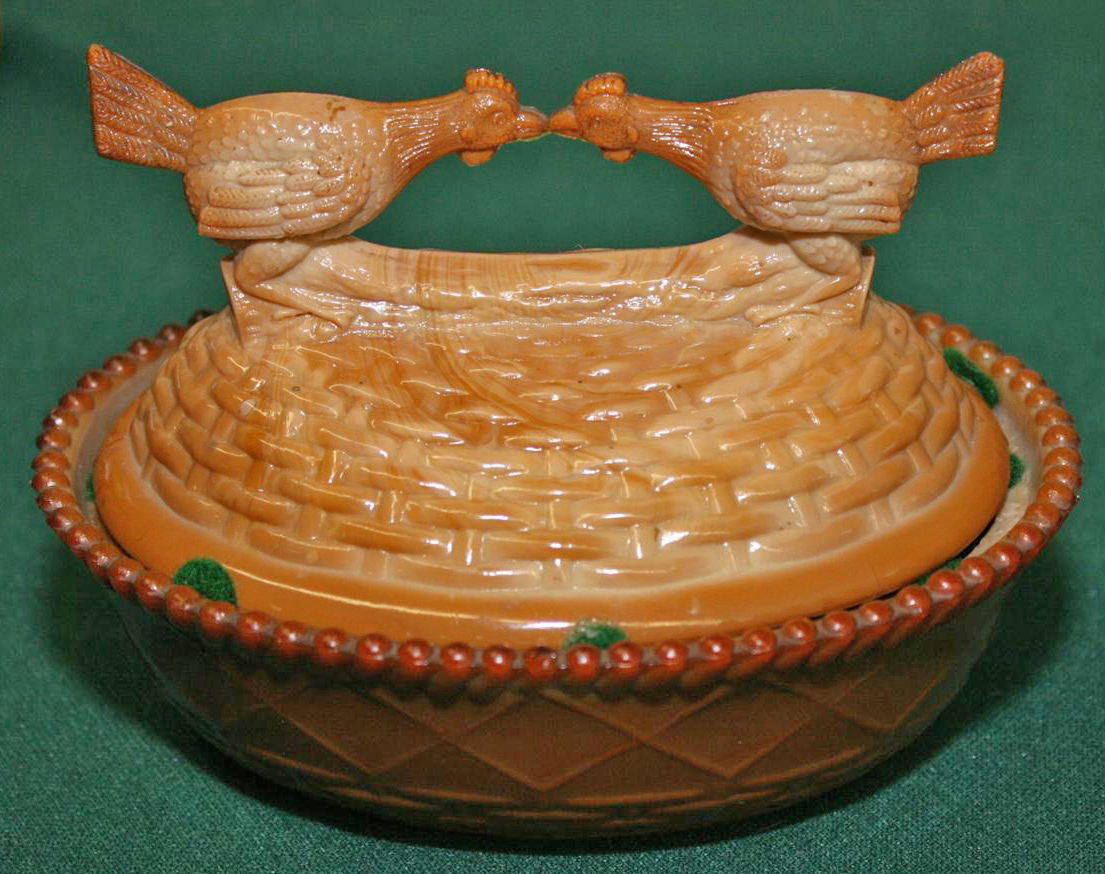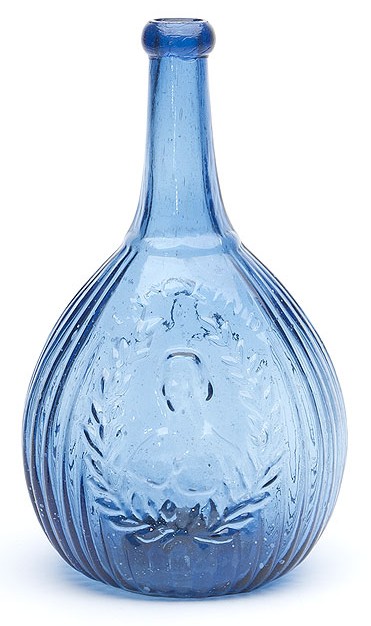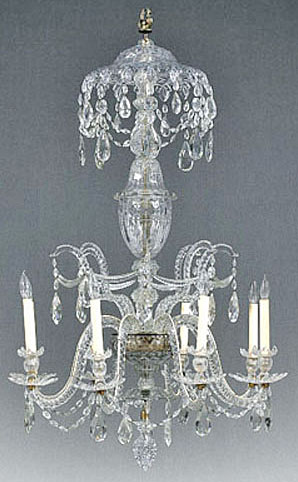A handful of desirable pieces were mixed with a fair assortment of affordable items during an auction held in Greentown, Indiana, on June 10, 2011, and sponsored by the National Greentown Glass Association (NGGA).
The cataloged sale of 213 lots was held as part of the annual convention of the NGGA. Although only association members could consign glassware to the sale, the event was open to the public. About 100 people attended. There were no reserves and no buyer’s premium.
With a few exceptions, all the glassware offered was made by the Indiana Tumbler & Goblet Co., which operated in Greentown between 1894 and 1903. The wares are now commonly referred to as Greentown glass.
Interest in low-end and mid-level glass remained soft, with more than 100 lots selling for $50 or less. However, the upper tier was energetically pursued, with the top lot being a Fighting Cocks covered dish in Chocolate glass. Having a flake on the tail. (pictured above, p4A item E8994243).
Dan Otto of Otto’s Auction Service in Kokomo, Ind., called the sale. “The high end was high, and the middle market was soft,” he said.
It isn’t just the economy hurting the value of average pieces of Greentown glass. “We need more people involved in order to get the middle better,” Otto said.
-Don Johnson, Editor, p4A.com
To search the Prices4Antiques antiques reference database for valuation information on hundreds of thousands of antiques and fine art visit our homepage www.prices4antiques.com








